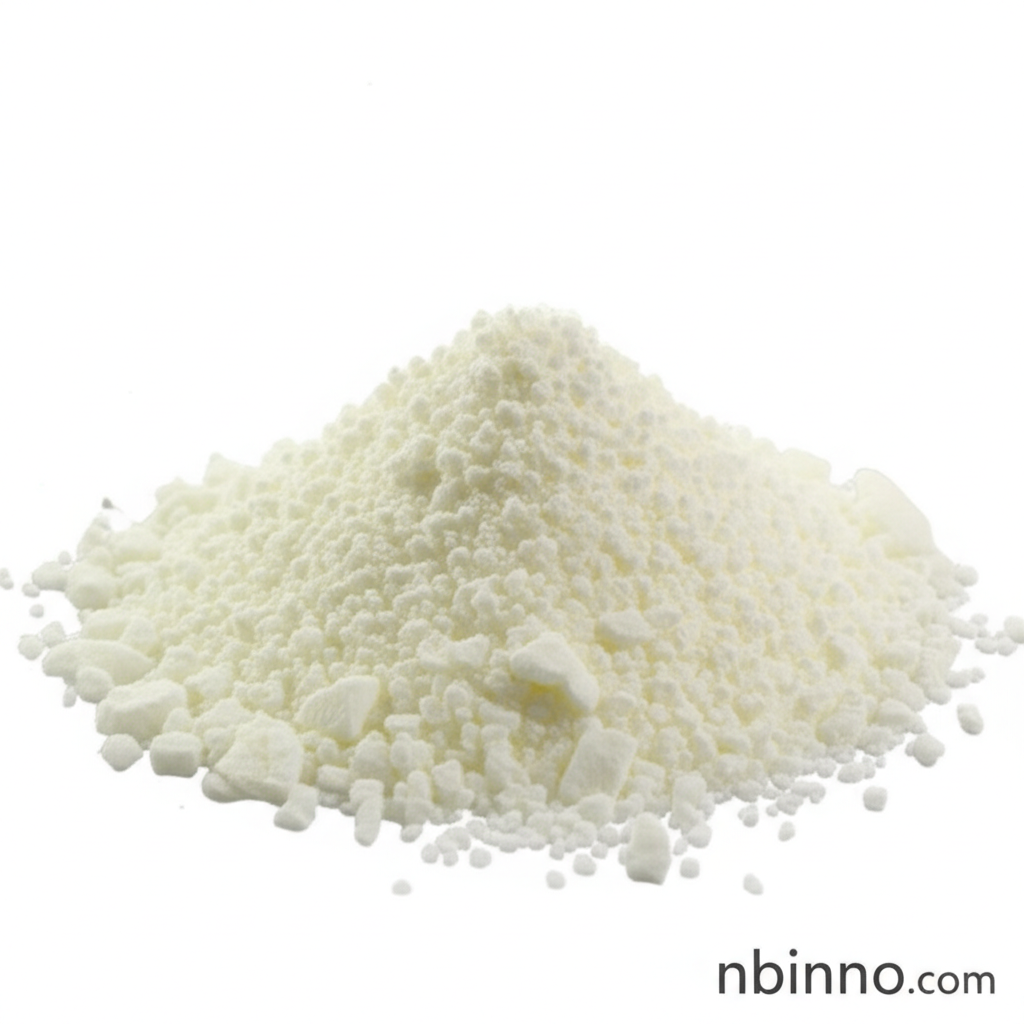Exploring 1-Tetradecyl-3-Methylimidazolium Chloride
Discover the versatile properties and applications of this key ionic liquid in modern chemical processes.
Get a Quote & SampleProduct Core Value

1-Tetradecyl-3-Methylimidazolium Chloride
This ionic liquid is a critical compound with a molecular formula of C18H35ClN2, widely recognized for its utility in various advanced chemical applications, particularly in the field of cellulose processing. Its high purity and well-defined chemical structure make it a preferred choice for researchers and industrial users.
- Leverage 1-tetradecyl-3-methylimidazolium chloride for enhanced cellulose processing, unlocking new material potentials.
- Investigate various ionic liquid applications, benefiting from the unique solvent properties of this compound.
- Source high-purity 1-tetradecyl-3-methylimidazolium chloride for reliable and reproducible experimental outcomes.
- Understand the chemical properties of 171058-21-2 to optimize its integration into your synthesis pathways.
Key Advantages
Exceptional Purity Levels
Benefit from the high purity of 1-tetradecyl-3-methylimidazolium chloride, ensuring consistency and reliability in critical ionic liquid applications.
Versatile Cellulose Solvency
Utilize its effectiveness in cellulose processing, a key area where this ionic liquid demonstrates significant value and potential for innovation.
Advanced Chemical Synthesis
Employ this compound as a vital intermediate in complex ionic liquid synthesis, facilitating the creation of novel materials and functionalities.
Key Applications
Cellulose Processing
As a premier ionic liquid for cellulose, it enables efficient dissolution and processing of cellulose, opening avenues for biomaterial development.
Chemical Synthesis Intermediate
Its role as a versatile intermediate supports complex organic synthesis and the development of novel functional materials, driven by precise ionic liquid properties.
Specialty Solvent Applications
Explore its utility as a specialized solvent in various chemical reactions and separation processes where conventional solvents may be inadequate.
Research and Development
An essential compound for R&D, enabling advancements in material science and chemical engineering through systematic study of its 171058-21-2 chemical properties.
